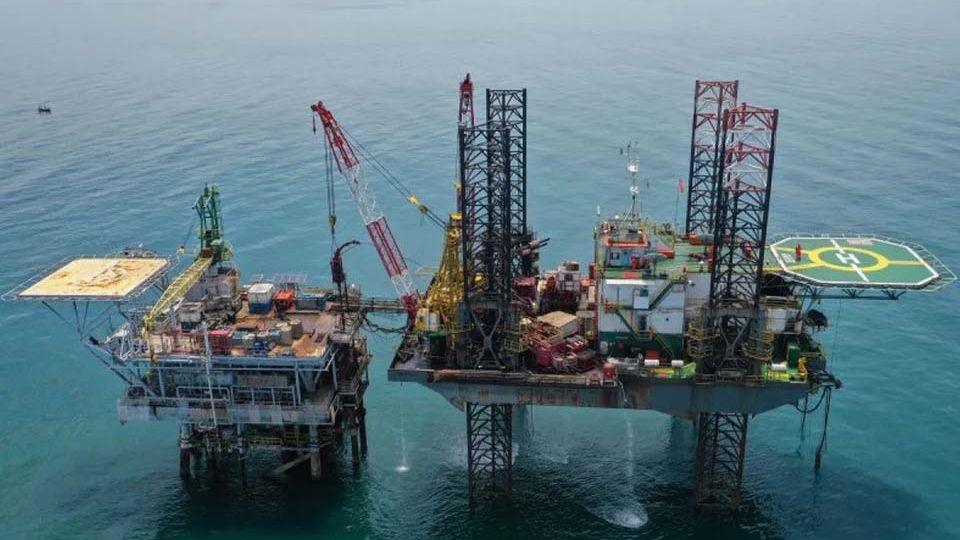August 6, 2024
JAKARTA – The government is looking to partner with Chinese state-owned oil and gas company Sinopec to set up enhanced oil recovery (EOR) projects in several depleting oil fields in the country.
Energy and Mineral Resources Minister Arifin Tasrif said that Indonesia would like to form the partnership through its state-owned oil and gas company Pertamina’s subsidiary Pertamina EP.
“For cooperation in the application of technology, we are collaborating with China. There has been a response from Sinopec for five Pertamina EP fields,” he told reporters in Jakarta on Friday. “Now we are just waiting for further follow-up.”
He said the fields are in Sumatra and Kalimantan, namely Rantau, Tanjung, Pamusian and Jirak. Other include the Zulu fields in Bekasi, West Java.
Oil recovery is an alternative method for increasing oil production in addition to exploration activities, as it involves injecting chemicals into oil wells to push the remaining oil up from the depleting reservoirs. EOR is just one of many alternate methods for oil recovery.
Read also: Chinese firms begin study on oil and gas potential in eastern Indonesia
Arifin said that China has advanced EOR technology to increase oil production, adding that it could help increase the rate of oil extracted from depleting oil fields to 50 percent. The highest rate in Indonesia currently stands at 30 percent.
The government aims to increase production from existing fields by implementing EOR as part of a short-term strategy to boost its oil production to 1 million barrels of oil per day (bopd) in 2030. Currently, the country produces around 600,000 bopd.
The government is also exploring partnership prospects with the China National Petroleum Corporation (CNPC) and the China National Offshore Oil Corporation (CNOOC), both of which have expressed interest in joint study projects to find new oil and gas blocks as well as EOR projects.
“We offered things like this, the West [Western companies] were not interested [in] scavenging [oil and gas],” Arifin said separately on June 10, as quoted by CNBC Indonesia. “Meanwhile China, because they heavily depend on oil, are trying their best to exhaust their oil [wells] to the last drop.”
Read also: Indonesia targets 15 oil and gas projects going onstream in 2024
The ministry has asked Pertamina to seize the opportunity and evaluate possible partnership with Chinese companies considering that there are many existing depleting oil fields deemed prospective for reactivation.
The National Energy Council (DEN) revealed last year that the remaining oil reserves left in old oil and gas reservoirs are estimated at around 40 billion barrels.
DEN secretary general Djoko Siswanto said on Oct. 31 last year that the council had several strategies to reduce crude oil imports, which mainly hinges on increasing upstream production, including through secondary recovery using water flood and EOR in oil wells, as quoted from CNBC Indonesia.
The ministry is also eyeing six oil and gas fields that are expected to go onstream by 2028, with one as early as this year, including Medco E&P Natuna’s Forel, PT Bumi Pratiwi Hulu Energi’s Ande Ande Lumut, Harbour Energy’s Singa Laut Kuda Laut and Petronas’s Hidayah.


